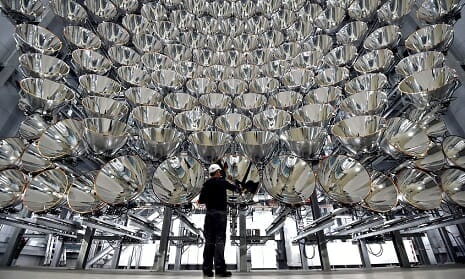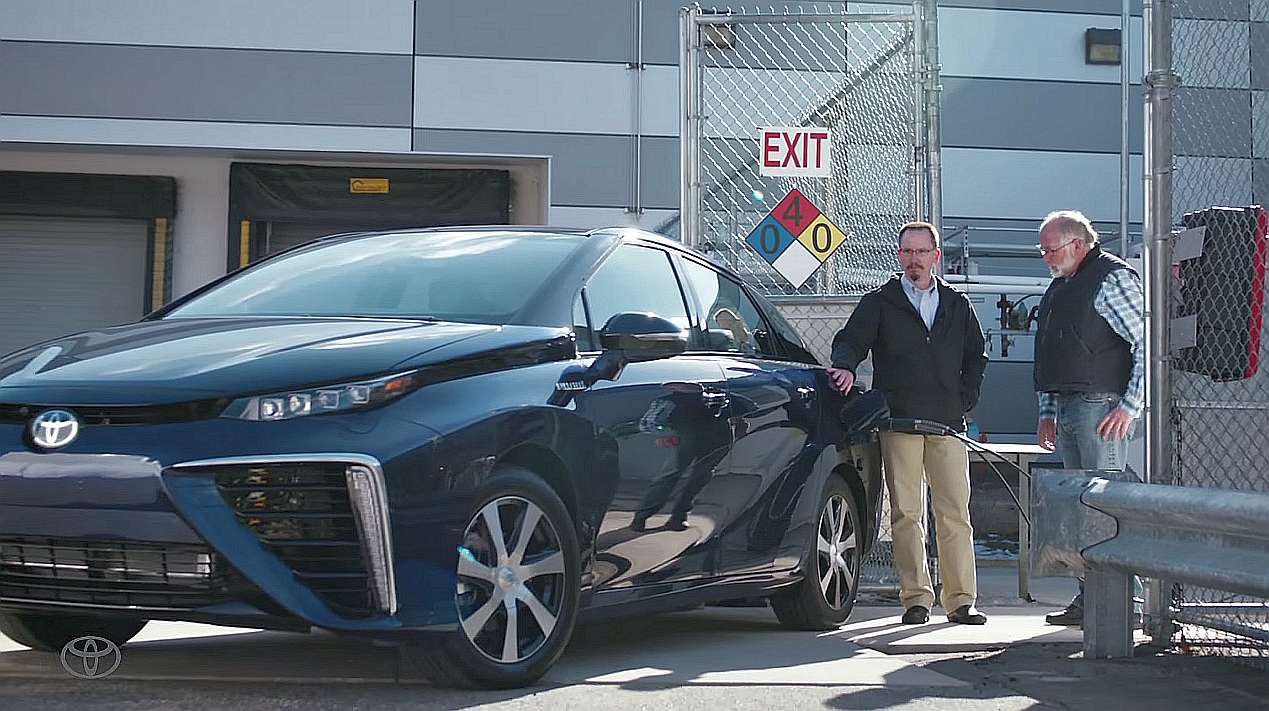Scientists say that one of the cleanest sources of energy in the future is hydrogen. But the problem is how to produce the chemical, with present hydrogen production methods either expensive, inefficient, or in small scale.
Now researchers in Belgium are looking that their research will be the answer. Different teams from two universities have merged their studies to develop a device which is able to remove pollutants from the air and convert them into simple hydrogen, using only sunlight, nanoparticles, and a photoelectric chemical membrane.
Researchers from the University of Antwerp are the ones responsible for the air purification using light. They have developed special types of nanomaterials called photocatalysts, which are activated by light and can convert air pollution into less toxic compounds.
On the other hand, scientists from the University of Leuven have been working close with photoelectrochemical cells. They devise membranes that convert water into hydrogen gas that can be used to generate energy.
The independent researches have been merged. But except converting water, the process converts polluted air into hydrogen. That is only possible thanks to the device developed.
“Ideally, everything that passes through the light side of the device gets oxidized to CO2,” said Sammy Verbruggen, leader of the research from the University of Antwerp.
“To give you a straightforward example, let’s say we start from methane — that’s one carbon atom and four hydrogen atoms. In the most ideal case, it will end up as one CO2 molecule on one side and two hydrogen gas molecules on the other side. That’s, chemically, a very clean reaction. Obviously, efficiencies aren’t 100 percent as the device is proposed right now, but that’s something we are working on,” he explained.
In this study’s case, it used “quite simple, small, organic molecules,” like methanal, acetic acid and ethanol, which can be “quite hazardous to your health,” Verbruggen shared.
However, the research faces the same problem with previous hydrogen production methods: efficiency and scalability.
Since the current study uses UV light, the researchers are finding ways to harness visible light. That should drastically improve efficiency.
Meanwhile, scalability is the greatest challenge. The first test worked with a membrane with an active area of only about 1 square centimeter. That isn’t much when compared to other solar-driven technologies like rooftop solar panels, said Verbruggen.
However, the research still has significance. “If they could use a technology like this one, they can hit two flies at once: they can purify the air, on one hand, and on the other hand, they can recover part of the energy that is stored in this polluted air as hydrogen gas, for instance,” Verbruggen said.
Source: PRI
















